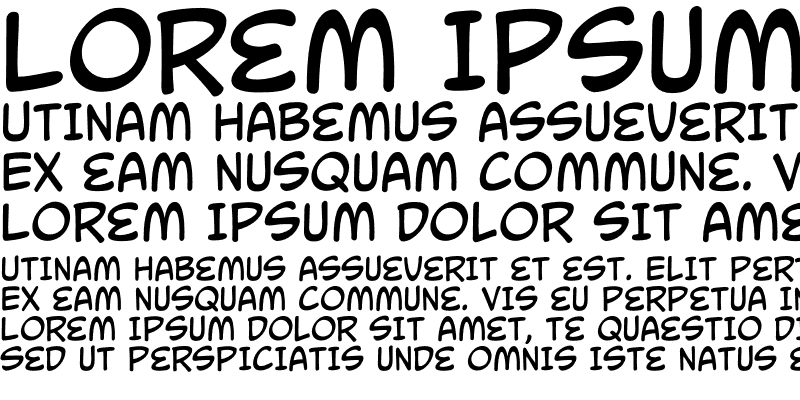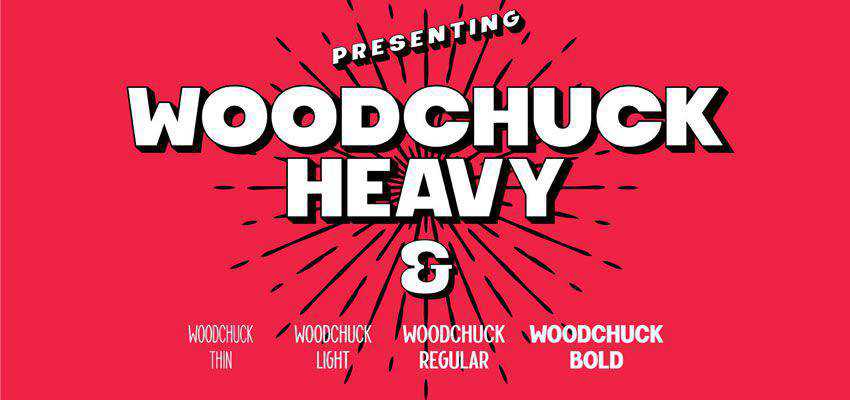

The “letterfit” – or consideration given to the letterforms to allow them to be set together in an even manner – of Comic Sans is very poor. Comic Sans Has Poor Letterfitīut poor management of visual weight within the letterforms themselves isn’t the only characteristic that makes Comic Sans uneven in body text. Since there is no stroke modulation to Comic Sans, it can’t compensate for this lack of balance and thus utterly fails. Comic Sans, however, by virtue of its handwriting-based style, has a tilted – incidentally “Venetian” – eye to its “e” giving it both a small eye, and a large aperture.

Helvetica maintains balance by compensating for its absence of stroke modulation by having a larger eye and a smaller aperture. The extreme heaviness of the stroke towards the bottom left of the “e” is balanced out by the large aperture, and the tiny eye is balanced out by the very thin bar that closes out the eye. Garamond’s “e” features a very large aperture, and small eye, but its stroke modulation keeps it balanced. When compared to Garamond and Helvetica, we can get some idea of why. The Comic Sans “e” appears more dark than the other letters because its overall visual weight is mismanaged. The most obvious anomolies are the letters “e” and “t,” the former of which appears like a blood stain a number of times in the example, and the latter which sticks out like a dead tree. The Helvetica is a more uniform grey, while the Comic Sans varies widely, with some very dark spots scattered throughout the body of text. I’ve blurred both blocks of text and bumped up the contrast so we can all collectively experience an objective form of squinting – to identify areas that are excessively light or dark.įirst, notice the general variation of lightness and darkness in the lines of type. This example shows how a block of text set in Helvetica differs in texture from a block of text set in Comic Sans.
Comic text font free free#
Letters or blocks of text that are free from disproportionately light or heavy spots allow the letterforms themselves to shine through and be read easily. Evenness of weight, or “texture” is important to the legibility and readability of typography. This mismanagement of visual weight is the main issue that makes reading Comic Sans an unpleasant experience. Meanwhile, the letterforms of Helvetica are rationalized from predecessors, without apparent influence of a drawing tool. The ironic thing about this distinction is that Comic Sans is actually influenced from a drawing tool: a round, felt-tipped pen or marker but, the stroke of this tool is unmodulated. If you squint your eyes, you’ll notice that there is a disproportionately heavy area where these strokes meet on Comic Sans, while Helvetica’s weight is more evenly distributed.

This helps to give the letter a more even visual weight. For example, notice how the stroke on Helvetica gets thinner where the shoulder meets the stem on this letter n. Though the strokes of Helvetica’s letterforms are unmodulated, some adjustments are made to improve its legibility. The forms of most sans-serif fonts are not influenced by drawing tools. As printing was developed, the letters created mimicked scribed letters, and – while they eventually developed their own forms – printed letterforms almost exclusively had modulated strokes until sans-serif type was popularized in the early 1800’s. Before printing was available in the West, scribes lettered Bibles beautifully and patiently by hand, using a flat-tipped pen, held at a fixed angle, which influenced the form of those letters – resulting in a modulated stroke. This modulation is a result of Garamond’s form being derived from that of scribed letters. Comic Sans also has an unmodulated stroke. This sample shows how Helvetica’s form differs from that of Garamond, which has a modulated stroke.

They both have a relatively unmodulated stroke, meaning that the thickness of the strokes on the fonts don’t change throughout the stroke. Both Have Unmodulated Strokesīut they have their similarities as well.
Comic text font free movie#
To illustrate the poor fundamentals of Comic Sans, I will compare it to Helvetica, which is such a beloved font, that there’s a movie – about typography – named Helvetica.įirst of all, I should acknowledge that comparing these fonts is a bit apples to oranges (which are both fruits, mind you), in that they both convey completely different moods: Helvetica looks strong and serious, and Comic Sans is usually used in situations where one wants to look playful and casual.


 0 kommentar(er)
0 kommentar(er)
